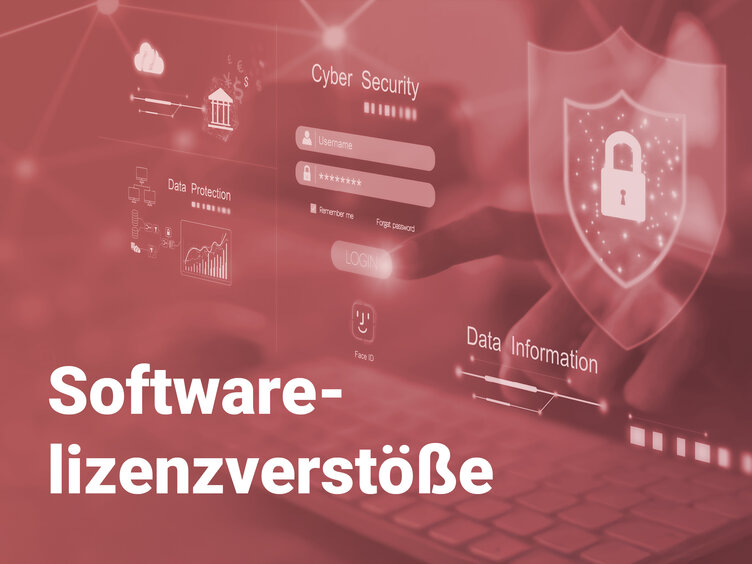Rights and obligations in the event of software license violations
Rights and obligations in the event of software license violations include the legal consequences arising from the unauthorized use, distribution or manipulation of software. This applies to both licensors (e.g. software manufacturers) and licensees (e.g. companies or end users). Violations of license terms are considered copyright infringements and can result in civil and criminal penalties.
Significance in the context of software protection
Software license violations jeopardize the profitability of software developers and undermine trust in digital products. The aim of software protection and license management systems is to ensure compliance and minimize legal risks through preventive measures such as encryption, license monitoring and automatic updates.
Key objectives
- Protection of intellectual property
- Prevention of revenue losses due to pirated copies
- Adherence to global compliance requirements (e.g. EU GDPR, US Copyright Act)
Important elements
Rights of the licensors
- Injunctive relief: Right to immediate termination of the breach of contract (e.g. by court order).
- Claims for damages: Reimbursement of lost profits or lump-sum license fees.
- Audit rights: Control of license usage in companies (example: Microsoft SAM audits).
Obligations of the licensees
- Documentation obligation: Proof of purchased licenses (e.g. via license management tools).
- Restrictions on use: No redistribution or modification without permission.
- Reporting of violations: Internal compliance reporting points in accordance with the whistleblower policy.
Consequences under criminal law
- Fines of up to € 500,000 or prison sentences of up to 5 years (Section 106 UrhG).
- Confiscation of hardware in cases of commercial piracy.
Influencing factors
| Factor | Description |
| License models | Cloud licenses (e.g. SaaS) vs. perpetual licenses require different protection mechanisms |
| International laws | Differences between EU copyright law and the US DMCA (Digital Millennium Copyright Act) |
| Technological developments | AI-based license monitoring or blockchain-based license registers |
| Company size | SMEs often have fewer resources for compliance management than corporations |
Advantages for users and companies
- Risk minimization: Avoidance of expensive legal disputes (average costs per audit: **15,000-50,000 €**).
- Cost efficiency: Automated license management reduces over- or under-licensing by up to **30%**.
- Reputation protection: Compliance strengthens the trust of customers and investors.
Current example (2025)
Case study: A medium-sized company in Germany was using **Microsoft 365** without sufficient licenses. An audit identified 120 uncovered user accounts. The result:
- Back payment of €84,000 for retroactive licenses.
- Contractual penalty of €25,000 according to Microsoft EULA.
Trends 2025-2030
- Increase in AI regulation (EU AI Act from 2026).
- Blockchain licenses for transparent proof of use.
- Greater liability of managing directors in the event of sublicensing.
Conclusion
The rights and obligations in the event of software license violations are central to digital transformation. Modern license management systems such as Google Cloud License Manager or Flexera Software Compliance integrate AI-supported analyses to detect violations in real time. By 2026, 70% of all companies will use automated compliance tools.
Author:
Steffen Kätsch
Senior Consultant License Management
Education: FH Aachen
Expertise: License Management Software Licensing IT Compliance Software Protection Digital Rights Management
